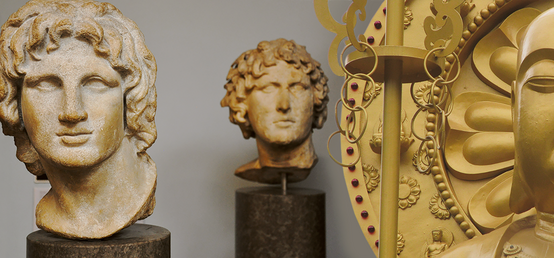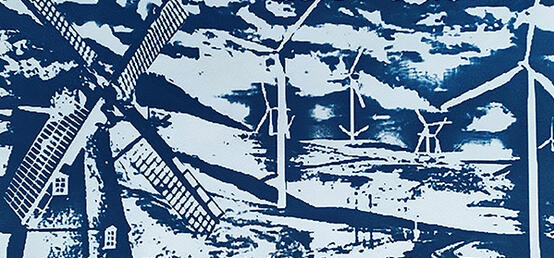News and Announcements
The Animal Kinship Project - glimpse into the world of animals through music
Classics and Religion instructor Dr. Craig Ginn draws attention to Indigenous histories and worldviews through music
UCalgary Giving Day
Make it happen this Giving Day!
Appointments - Office of the Dean
The Faculty of Arts announces interim Associate Dean, Research roles
Winter 2024 Classics and Religion Talks
All talks are held in Social Sciences 541 unless otherwise noted.
Happy Holidays from the Faculty of Arts
Undergraduate student designs the faculty’s 2023 holiday card
In the Media
In the News Harjeet Grewal, Classics and Religions, in Los Angels Times
California Sikhs are driving a separatist movement. India calls them terrorists (subscriber only content)
In the News Harjeet Singh Grewal, Classics and Religion, in Global News
Sikh and Indo-Calgarians react to Canada’s allegations against Indian government
In the News Harjeet Singh Grewal, Global News
Sikh and Indo-Calgarians react to Canada’s allegations against Indian government
In the News Harjeet Singh Grewal, Classics and Religion, in CBC News
What is Khalistan: The Sikh separatist movement behind tensions between Canada and India
In the News Harjeet Singh Grewal, Classics and Religion, in The Washington Post
How Canada got caught up in the Sikh struggle in India
In the News Harjeet Singh Grewal, Classics and Religion, in CBC News
A U.S.-based Sikh group is rallying the diaspora in B.C. to vote for an independent state in India

Launch Your Career Conference
Participate in focused career conversations, skills development and exciting connections. Hear from local leaders and industry experts, grow your professional network and get the information you need to make your next big move.
April 29 - 30
9:15 a.m. - 4:30 p.m.
Hunter Commons and Online










